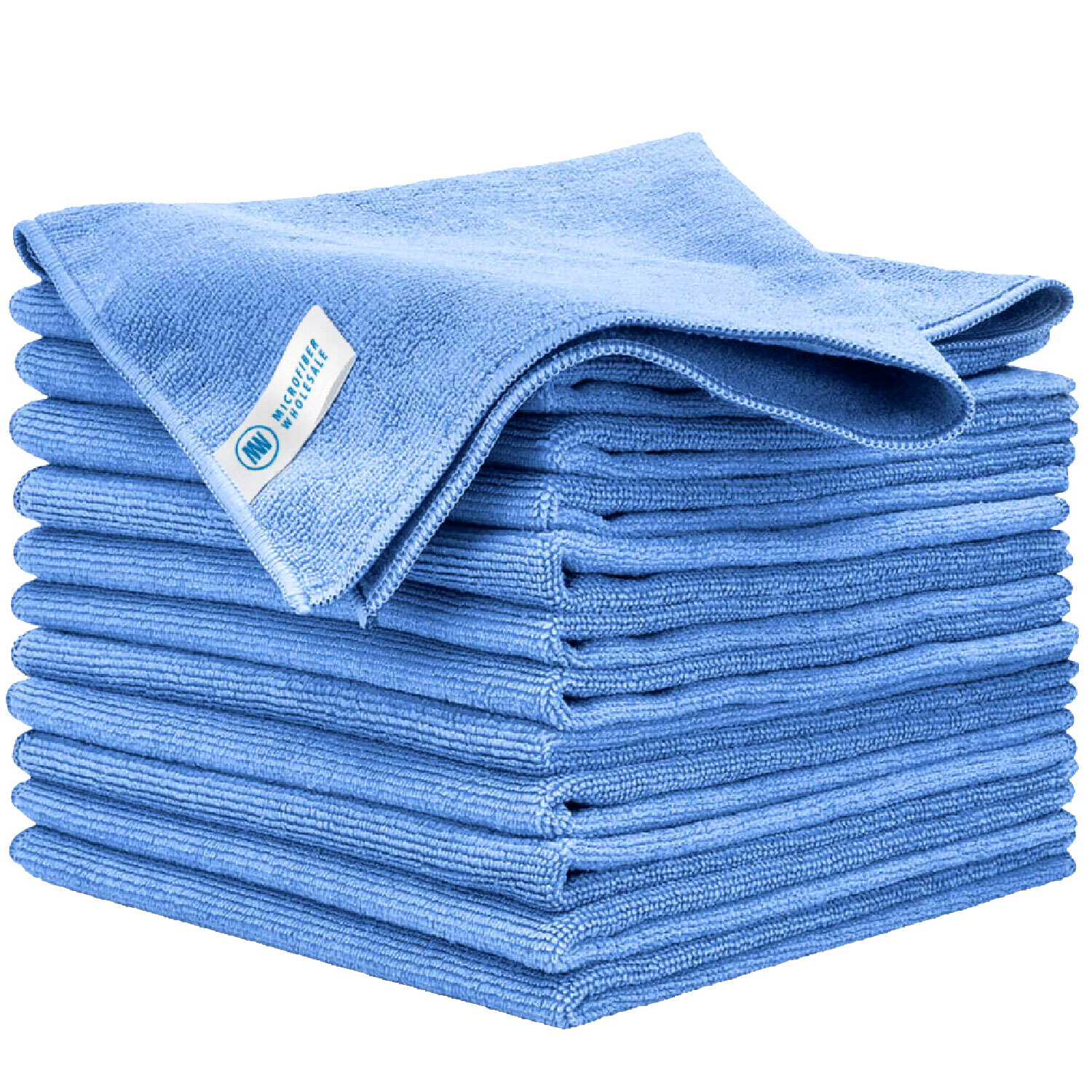4. Protect and Insulate Exposed Areas
When it comes to keeping your home warm and energy-efficient after a winter freeze, one of the best things you can do is protect and insulate any exposed areas. Pay attention to windows and doors, and don’t forget about your attic—insulation is key to preventing heat loss, so make sure it’s in good shape.
Here's how:
Seal Cracks and Gaps
Inspect your home for any cracks or gaps around windows, doors, or the foundation where cold air might enter. Use weatherstripping or caulk to seal these areas to improve energy efficiency.
Check Insulation
Make sure your attic insulation is intact and properly installed. If necessary, add more insulation to prevent heat loss. Also, check that the attic venting is clear to prevent moisture buildup.
Winterize Exterior Faucets
If you haven't done so already, disconnect and store any garden hoses. Cover exterior faucets with insulated covers to prevent freezing and potential damage.
5. Inspect and Clean Appliances
When you’re cleaning up after a winter freeze, don’t forget to check your appliances, especially those that are in less-insulated areas, such as your garage. These appliances can be more vulnerable to temperature changes and damage during a storm, especially if they’re exposed to freezing temperatures.
Here's how to do it:
Fridge and Freezer
Inspect your fridge and freezer for any melted ice, leaks, or spills. Clean shelves and wipe down surfaces with a microfiber cloth to remove any moisture or residue.
Clean Kitchen Appliances
Clean your stove, microwave, and other kitchen appliances. Use a microfiber cloth to wipe down surfaces and remove grease or grime. Consider using a damp microfiber cloth to clean the inside of your microwave.
Check Heating System
Ensure your heating system is functioning properly. Change the furnace filter and clean any vents or ducts using a microfiber duster to improve air circulation and prevent dust buildup.

























 By continuing with your order, you acknowledge and agree to the following:
By continuing with your order, you acknowledge and agree to the following: